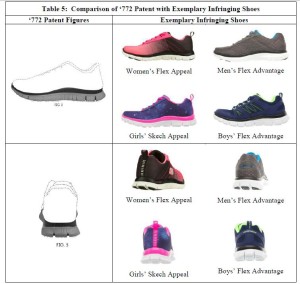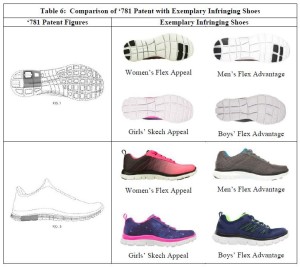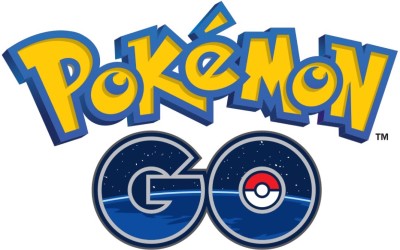On Monday, January 4th 2016 NIKE, Inc. (“NIKE”) filed a patent infringement lawsuit against Skechers U.S.A., Inc. (“Skechers”). NIKE claims Skechers is infringing on 8 design patents that have issued and are owned by NIKE. Three of those patents are titled “Shoe Upper,” while the remaining five are for a “shoe sole.”
It seems like Skechers has made it a habit to be involved in intellectual property lawsuits as of late. In September of 2015, Skechers found itself at the center of a trademark infringement case brought by Adidas. Prior to that, NIKE had sued Skechers for trademark infringement of its Converse Chuck Taylor line of shoes. Skechers end up winning that battle last August as a judge ruled there was no infringement.
Fast forward to this year and we are dealing with a completely different case. This time, design patents make up the infringement claim.
What is a design patent?
Defined in 35 U.S.C. §171, a design patent protects the “new, original and ornamental design for an article of manufacture.”
What is the difference between design patents and trademarks (trade dress)?
To obtain trademark protection for a product design, you must show that consumers have come to identify a particular design primarily as an indicator of the product source. As you may have guessed, it may take a significant amount of time to achieve this “secondary meaning” required by the Lanham Act for trademark protection.
Design patents, on the other hand, can be filed a product design as long they meet the patentability requirements. It’s important to remember that the protection you receive from a design patent is limited to the ornamental features of a design and cannot cover features that are primarily functional.
Comparison of the Shoes
NIKE’s complaint lists at least five versions of Skechers shoes it feels are infringing. The tables below, taken from the complaint, show a sample of a few of the design patents as they compare to the “infringing shoes.” Do you see the similarities?



NIKE claims an “ordinary observer will perceive the overall appearance of the designs of the NIKE patents and the corresponding designs of Skechers’ infringing shoes to be substantially the same.” NIKE used this language because it is the test to determine whether or not design patent infringement is present. One important thing to note is that the standard is based on an “ordinary observer,” and not an expert in the art as is the case for utility patents. The “ordinary observer” is meant to be a hypothetical purchaser of the product.
What are some defenses to design patent infringement?
As mentioned, the test to overcome a claim of design patent infringement is to show that an “ordinary observer” would not be confused or deceived into purchasing the allegedly infringing product. Another potential argument is to attempt to invalidate the design patent.
If you recall, design patent protection is limited to the ornamental features of a design. If you can prove that the design elements are primarily functional as opposed to ornamental, you may be able to invalidate the patents.
What do you think? Does NIKE have a point here?





